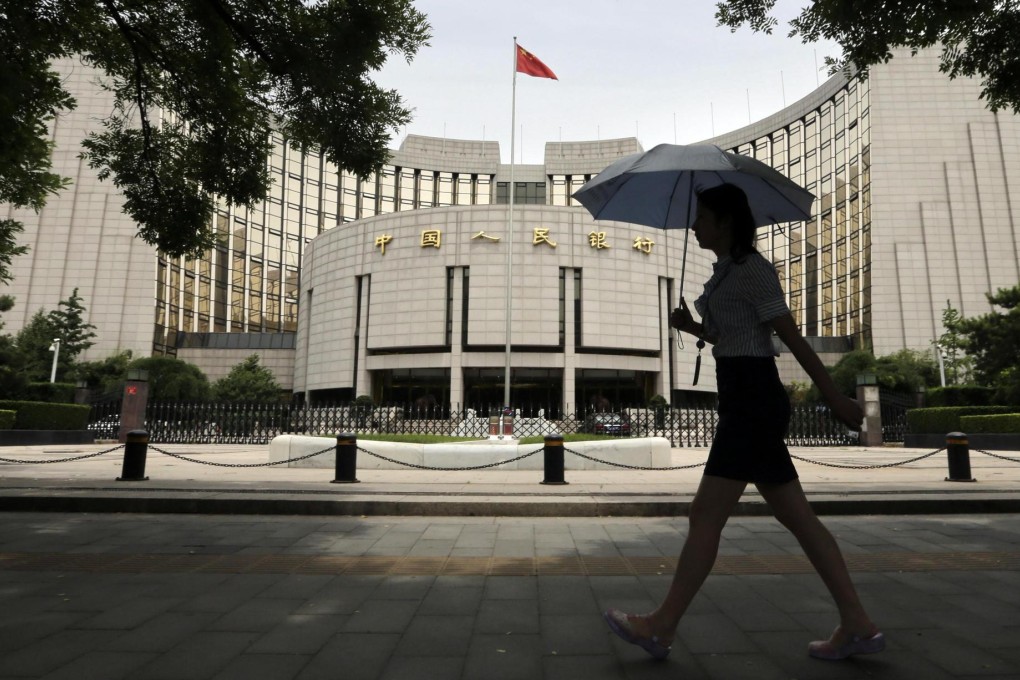New | In China, focus of monetary easing turns to surgical strikes
Instead of turning the liquidity sprinkler on full-throttle for the whole garden, the central bank is aiming its hose at specific parts

After years of emergency policymaking by counterparts in the United States, Japan and Europe, it is the People's Bank of China's turn to innovate.
Unlike the Federal Reserve, Bank of Japan and European Central Bank, which unleashed unprecedented quantitative easing through central government bond purchases to revive credit growth, the PBOC is pursuing a more measured approach.
While it has taken some broad easing steps, including two interest rate cuts, the central bank still requires commercial banks to park almost one in five yuan of deposits at the PBOC. The benchmark lending rate stands above 5 per cent, giving governor Zhou Xiaochuan the kind of firepower Janet Yellen may never see in her tenure as Fed chairwoman.
Instead of turning the liquidity sprinkler on full-throttle for the whole garden, the PBOC is aiming its hose at specific parts. The latest innovations include plans to bolster the market for local government bonds and the recapitalisation of policy banks so they can boost lending to government-favoured projects.
The strategy is all part of a high-wire act by President Xi Jinping and Premier Li Keqiang to avoid the type of credit crunch and growth slump that afflicted the US and Europe while still reducing debt in an economy that over-relied on investment to drive growth. As China continues to slow, economists are betting more conventional easing will be needed.
"The PBOC is again looking for ways to channel financing to preferred destinations while containing overall financing," said Louis Kuijs, Royal Bank of Scotland Group's chief Greater China economist.